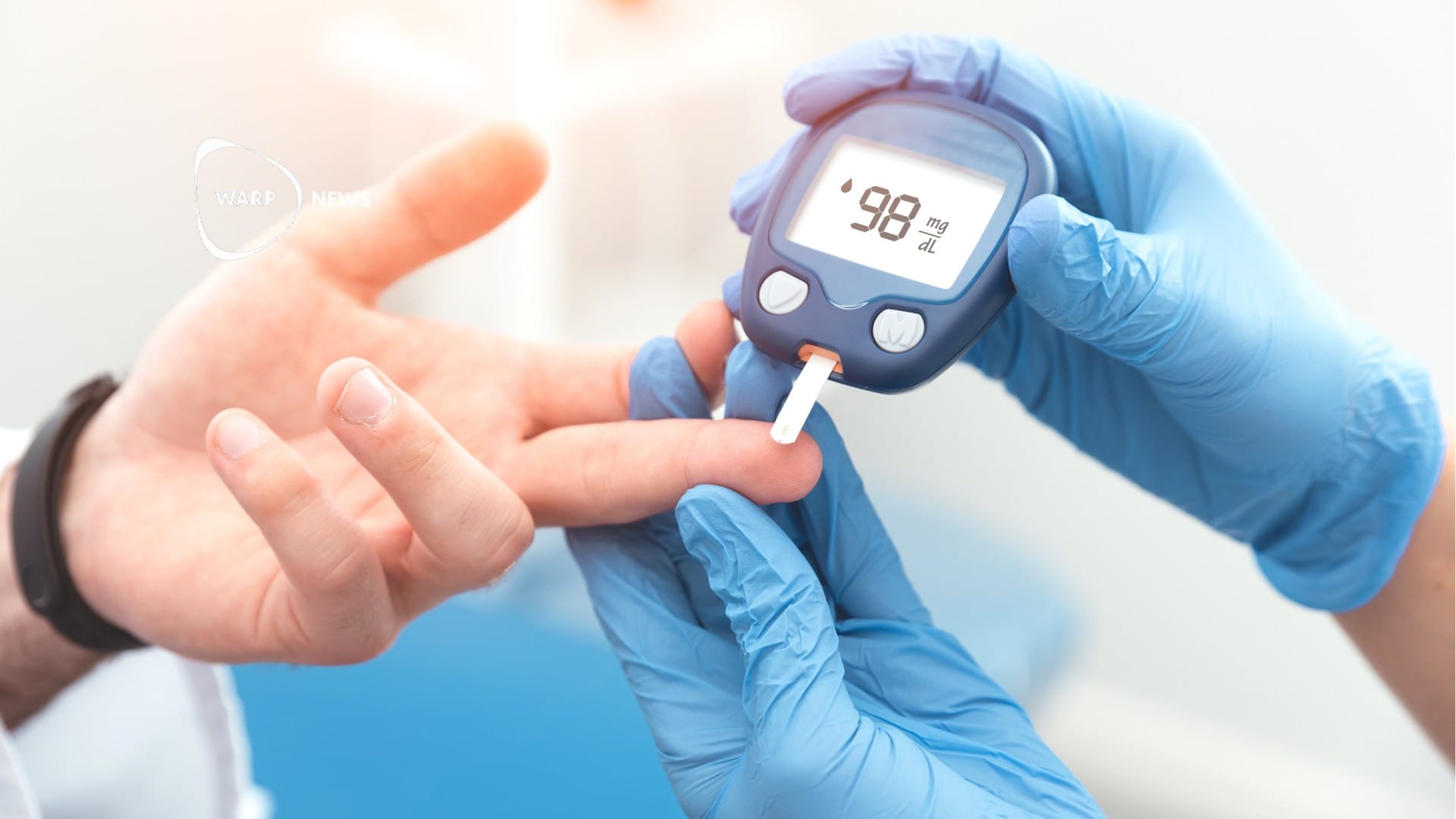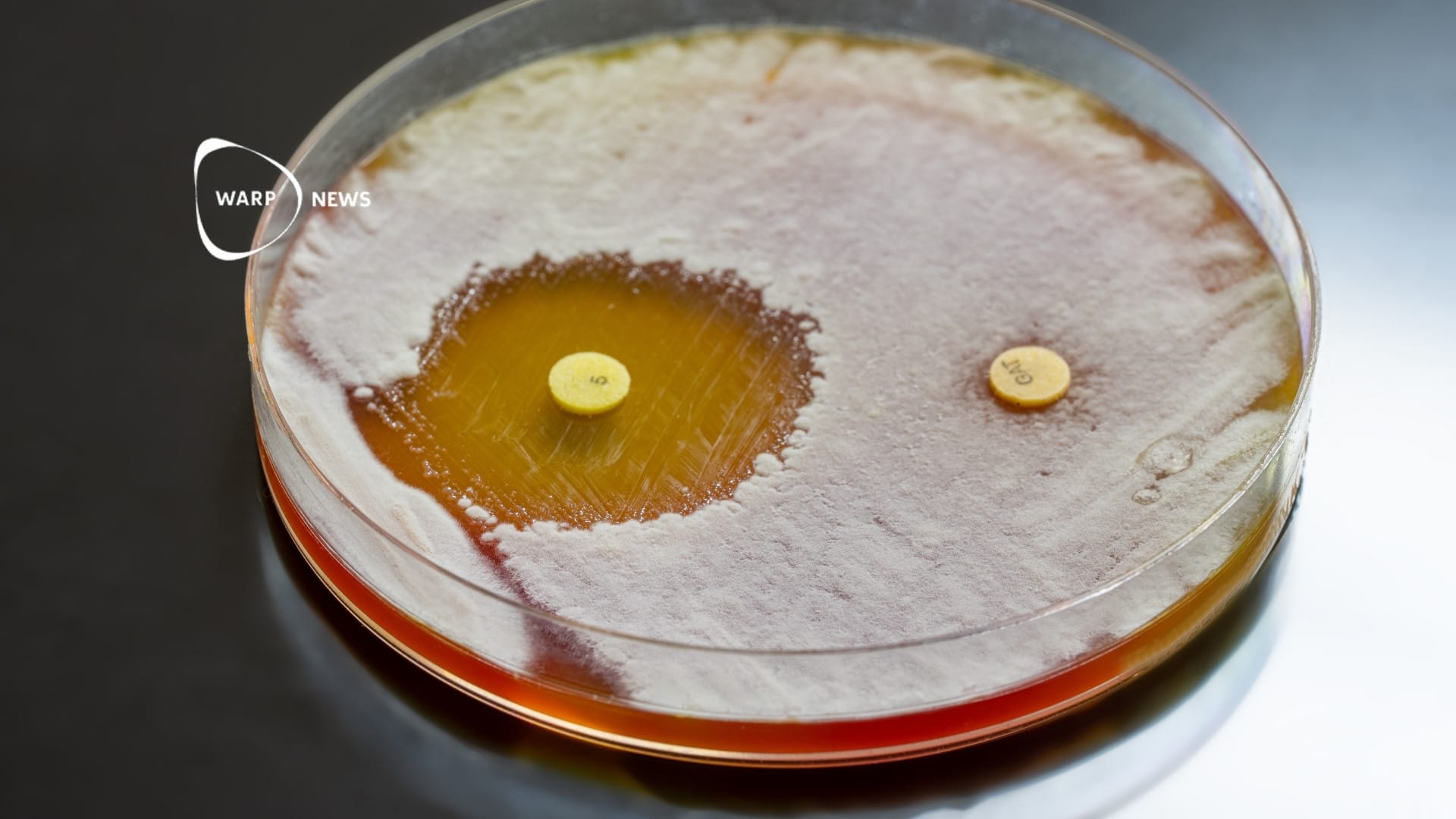
🔬 Nanoparticles can kill resistant bacteria
By mixing water-soluble and non-water-soluble antibiotics, researchers have created a new opportunity to fight multi-resistant bacteria.
Share this story!
The WHO lists resistant bacteria as one of the ten biggest health threats to humanity . A major problem is that there are few new antibacterial agents underway, but researchers at KTH have now presented an innovative solution .
The innovation is that the researchers have succeeded in combining water-soluble and non-water-soluble antibiotics in a hydrogel. Something that no one has previously succeeded in and against which the bacteria have not developed any defense.
To create the hydrogel, the researchers used dendritic nanoparticles . It is a kind of particles that the researchers at KTH developed a few years ago and which they then used to encapsulate drugs against cancer.
- This succeeded by masking the cancer medicine through the dendrimers as food for the cancer cells, which in turn ate themselves to death. It became a form of invisible drug missile, says Michael Malkoch, professor of fiber and polymer technology at KTH and leader of the research group.
Now, researchers have taken the same kind of particles, but instead filled them with several types of antibiotics to treat skin infections.
- We have succeeded in creating a hydrogel system where we can determine individual functions with high precision, from the molecular level all the way up to the finished material. Although the research results are preliminary, it is interesting that we started from traditional antibiotics and created wound dressings dipped in our gel. A wound dressing that is more effective in killing bacteria than the silver-based variant that exists today, says Michael Malkoch.
An additional advantage of the hydrogel is that it is completely non-toxic (for everything but bacteria) and can both be sprayed on top of the wound or injected into the body. It can thus also be used for other than treating cancer and infections. The hydrogel acts as a platform that can be used to distribute many different types of drugs.
Read the scientific article here.
llustration: Mads Lüchow, KTH.
By becoming a premium supporter, you help in the creation and sharing of fact-based optimistic news all over the world.


